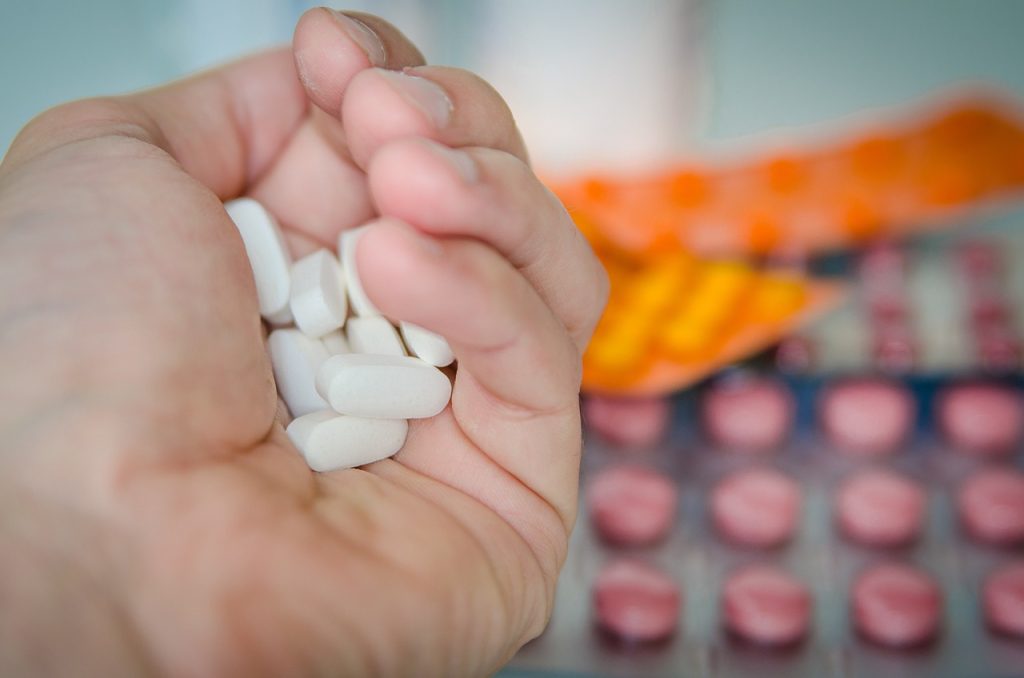Meet sulphonylureas, your allies in controlling blood sugar levels for individuals with type 2 diabetes. These oral medications work wonders by stimulating insulin production in the pancreas and enhancing insulin effectiveness in the body.
Taking the Tablets:
Sulphonylureas are typically taken once or twice a day, either with or just before a meal. They can be prescribed as standalone treatments or in combination with other diabetes drugs like metformin.
Members of the Sulphonylureas Class:
Get familiar with the names:
- Amaryl (Glimepiride)
- Daonil (Gilbenclamide)
- Diamicron (Gilclazide)
- Diamicron MR (Gilclazide)
- Glibenese (Glipizide)
- Minodiab (Glipizide)
- Tolbutamide (Tolbutamide)
How Sulphonylureas Work:
These insulin secretagogues operate by prompting the body to release insulin. They target proteins in the pancreas, specifically the ATP-sensitive potassium channel, triggering a series of events that lead to increased insulin production by pancreatic beta cells.
Suitability for Use:
Sulphonylureas are a go-to option for individuals with type 2 diabetes whose blood glucose levels remain high (HbA1c above 6.5%), especially after metformin has been prescribed. However, they are not suitable for those with significantly diminished ability to produce insulin, such as individuals with type 1 diabetes or those who have undergone a pancreatectomy.
Benefits of Sulphonylureas:
The primary benefit lies in their ability to boost insulin secretion, effectively lowering blood glucose levels.
Side Effects:
While sulphonylureas offer significant benefits, there are considerations to keep in mind:
- Weight gain can be a common side effect, making them less recommended for overweight or obese individuals.
- There’s an increased risk of hypoglycemia (low blood sugar), though newer sulphonylureas like glimepiride have reduced this risk.
- Allergic reactions, such as itchy red skin or rashes, may occur in the initial weeks of treatment. If this happens, consulting with your healthcare professional might lead to a switch to another anti-diabetes drug.
Navigate the world of type 2 diabetes management with the support of sulphonylureas – unlocking the potential for better blood glucose control. Always consult with your healthcare team for personalized advice and guidance.
